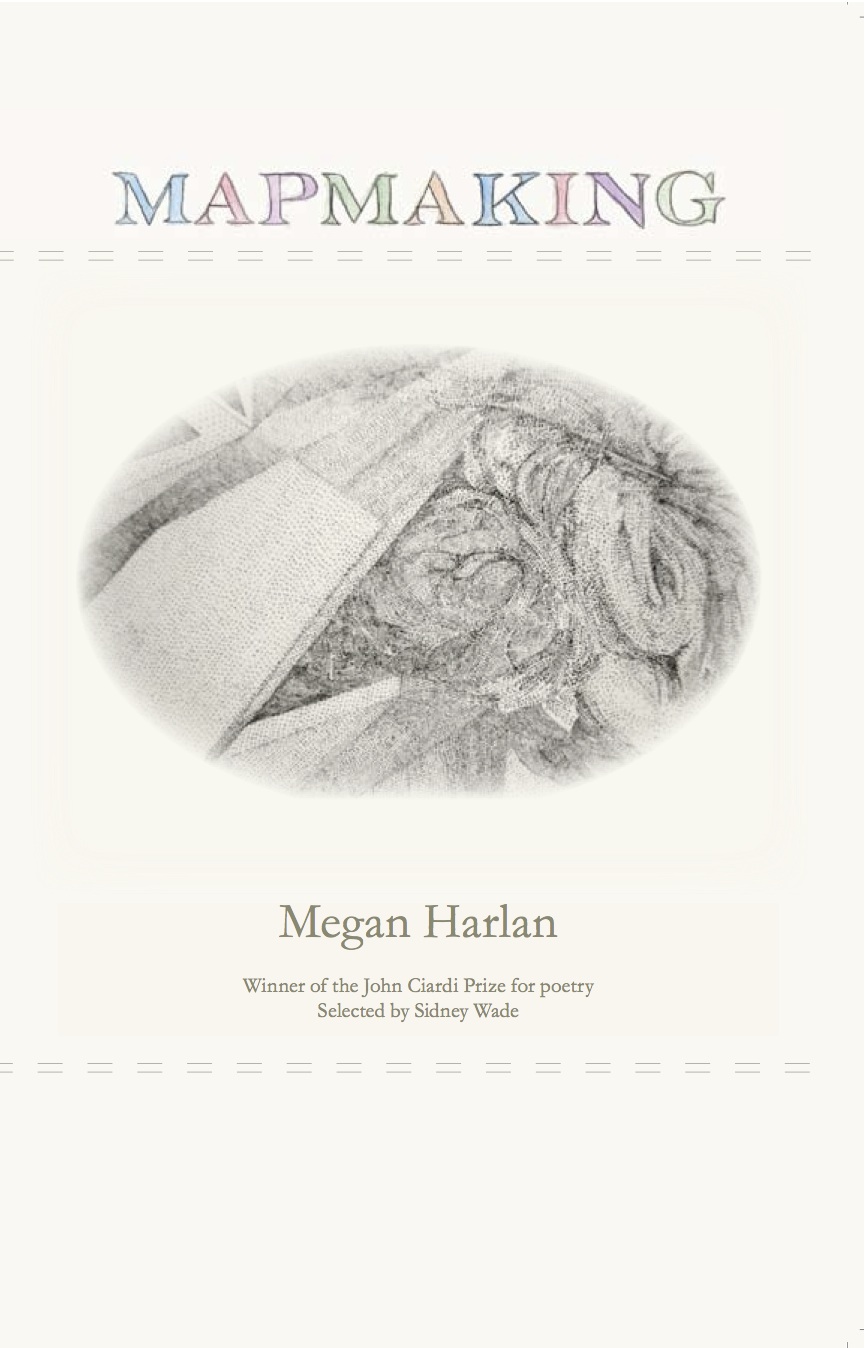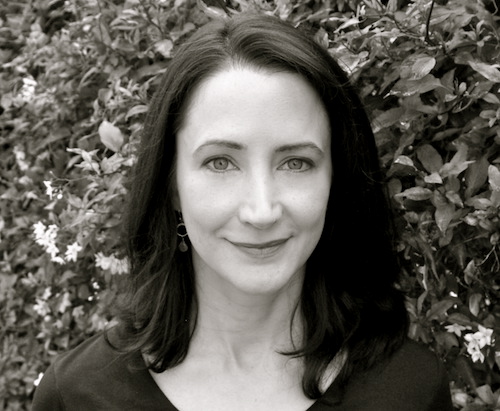MAPMAKING
Available from Amazon, Barnes & Noble, and Powell’s Books
Praise for MAPMAKING:
The poems in this book exhibit the poet’s great attention to and skill with form, sound, and language. The poems are constantly surprising, taking us to the far corners of the poet’s metaphorical maps, and, in her words, “gesturing us to go further.” This is imaginative writing at its very best — visual, aural, metaphorical, ethical, and adventurous. The poet constructs genuinely new topographies for us that offer significant and original inroads into our understanding of what it means to be human.
— Sidney Wade, Judge, John Ciardi Prize for Poetry
When I think of mapmaking in contemporary American poetry I usually see a poet setting up surveying equipment in uncharted lands somewhere between Elizabeth Bishop’s Geography and Charles Olson’s Maximus. Megan Harlan’s work has the control of Bishop, the range and risk of Olson, and aches with a strange fernweh — a German word she translates roughly as “farsickness,” the opposite of homesickness — and the “wayward sweep of desire.” These maps are psychological and spiritual as well as geographical, and they tend, in the words of the title poem, to find their way by “routes chosen for what they bypass” and reveal “where we each go missing…gesturing us to go further.”
— John Matthias
Megan Harlan’s nuanced, visionary poems explore farsickness, the sensation of missing places we’ve never been, including the imaginary realms of lotusland and limbo — recast as a motel featuring “machines with unlimited ice.” They navigate the recombinant powers of memory and consider the mind’s ability to render time and space transparent — “the sheer elsewhere” — via cognition and dreams. “It’s the world that moves in mysterious ways, I’ve found,” Harlan writes. And in her elegantly unsettling poems nothing is stable: firm ground is displaced by a shifting panoply of reflection, a multiverse “casting prismatic sizzle.” A profound meditation on the permeability of past and present, nature and artifice, self and other, Mapmaking is a miracle of invention.
— Alice Fulton
Mapmaking…is an embodiment of knowledge, inquiry, and above all, language — supple, exacting, slippery, exuberant, diaphanous, and beguiling. The collection opens with “Ex Libris,” which tells us “Here is the fossil as a perfume.” And much of Mapmaking continues this project of venturing beyond walls, book covers, and giving sensuous life to the past and the means of our remembering. Whether engaged with window boxes, clubs in Alphabet City, “California,” “Atget’s Paris,” the design of cemeteries, “shards of sagas / broke from former epochs, resolutions, / pieces of my history jigsawed / from old versions of the future,” or “scar-lines deeper than their healing,” Harlan’s poems are nimble and imaginatively fleet, but never far from a beating heart, a breathing and dreaming body…In addition to the large-scale geography of imagination at work in Mapmaking, Harlan is also very much engaged in poem-level events such as line, form, and sound…fluid, quicksilver diction and sweeping frames of reference also render haunting, echoing mouthfuls of allusion and evocation…Throughout this debut book, Megan Harlan makes a sustained, varied and joyous job of singing “like figurated calligraphy / in a root, arterial language.”
While Harlan’s poems do speak to the myriad possibilities of place, they are also underscored by a rapt sense of urgency manifested in the speaker’s confident voice, which is equally inspired by the murmurings of the subliminal conscious…The first and second sections lay bare the groundwork of memory, upon which the last two sections’ poems expound — each one progressing the reader’s vision of a vast metaphorical topography. Precipices with scintillating drop-offs, glittering aerial views…The result? Poetry that is boundless and timeless. A preoccupation with memory and its immutable territories. The words and the corresponding worlds they create are organic and shape-shifting; they enact a transparency that manages to catch the light and dazzle, while simultaneously possessing the quality of flight…
— Bethany Carlson, Indiana Review


